From there, the problem of preserving and promoting cultural heritage values is placed in strategic depth: inter-regional-integration-digital transformation.
Unifying heritage - creating new identity
Gia Lai Province (old) is a vast plateau, the cradle of the Central Highlands gong cultural heritage recognized by UNESCO, with communal houses, Jrai and Bahnar ethnic festivals and traditional crafts. Meanwhile, Binh Dinh - a coastal region - is the land of traditional martial arts, hat boi, a system of Cham towers, ancient pagodas and unique island culture.

The unification of two regions is not only a matter of merging two heritage sites into one administrative boundary, but also a journey to build a new cultural identity, in which “Gia Lai - from the sound of the great forest to the spirit of the martial land” is the central message. Culture, in this case, is not only a historical asset but also the glue that binds the community and the driving force for sustainable development.
Challenges cannot be “arranged horizontally”
The merger opens up opportunities but also poses many unique challenges.
Firstly, the tourism ecosystem is quite fragmented. Before the merger, the two provinces operated separate tourism models. Gia Lai (old) focused on ecology-culture-community; Binh Dinh strongly developed sea-relic- sport tourism. The lack of inter-route tours causes the potential for connection to be wasted.

Second, the gap in digital transformation. Gia Lai province (old) has issued a digital transformation strategy, but the ability to apply it to heritage conservation in ethnic communities is still limited. Meanwhile, Binh Dinh is strong in the software industry but has not really integrated it into culture and tourism .
Third, there is a lack of a common cultural reference system. After the merger, the new province does not have an official cultural-tourism identity, nor does it lack a definition of core values and characteristic symbols to develop a common brand.
Inter-regional-digitalization: Two breakthroughs
First of all, it is necessary to pay attention to redesigning the cultural identity system. The new Gia Lai province needs to quickly build an inter-regional heritage map, from the Ia Grai-Kbang gong space to the Duong Long Cham tower, Thien Hung pagoda, Tay Son martial arts village... This will be the foundation for developing tourism products, cultural education, as well as knowledge transfer. The cultural identity (logo, slogan, symbol) must demonstrate the spirit of unity in diversity. Some suggestions are: "Gia Lai - Land of converging forests and seas", "Gia Lai - Vibrant heritage, reaching for digitalization", "Gia Lai - The rhythm of gongs echoing between the Tay Son sea and sky".

Next is the digitization of heritage - from storytelling to experience. This content does not stop at digitizing images and videos, the province needs to promote the models of "Heritage Photovoice", "Digital Festival", "Digital Cultural Map" in localities so that people can record and share their community's cultural stories. Promoting the effectiveness of AR/VR technology, it can help tourists experience gong performances, brocade weaving or Tay Son battles right at tourist destinations. Each citizen, artisan, and business needs to be equipped with the knowledge to "tell digital stories" about their homeland's culture.
Next is to focus on developing inter-regional tourism products. New tourism products need to be integrated and different. For example, a 3-day 2-night tour: departing from Quy Nhon (visiting Cham towers, martial arts village) - going to Pleiku (experiencing communal house, gong festival) - arriving at Mang Den (resort). Community tour: learning about brocade weaving, experiencing drinking rice wine with the Jrai people - learning traditional Tay Son martial arts - attending a sea festival.
It is necessary to integrate the commercialization of local specialties: Gia Lai coffee, Jrai yeast, Sa Huynh fish sauce, Go Loi tea... through QR codes, traceability, and e-commerce platforms.
Next is to determine the goal of digital transformation of the community and aim to train local human resources. The province needs to establish cultural community digitalization centers, train video recording skills, film editing, livestreaming, and online sales for artisans and ethnic minority youth. Binh Dinh has technological strengths (FPT, TMA, etc.), can "technically sponsor" the Gia Lai (old) tourism communities, form an inter-regional digital cultural value chain, and promote the strengths of both regions.

And finally, develop policies to encourage and coordinate investment in the public and private sectors in cultural development. The government needs to issue a set of integrated heritage criteria, prioritizing support for products-models-tours that connect the cultures of the two regions. At the same time, encourage socialized investment in preserving, creating, digitizing heritage and developing community tourism.
* * *
The merger of Gia Lai-Binh Dinh is not just an administrative story, but an opportunity to reshape identity, the beginning of a new type of cultural-tourism center, activating an economic development center by taking culture as the foundation and technology as the wing.
With a long-term vision, proactive policies, and creativity from the community, Gia Lai (new) province can completely become a new cultural-tourism growth pole of the Central Highlands-Coastal region, comparable to major development centers in the country and the region.
Source: https://baogialai.com.vn/di-san-hoa-quyen-cuc-tang-truong-moi-cua-gia-lai-trong-ky-nguyen-so-post331043.html


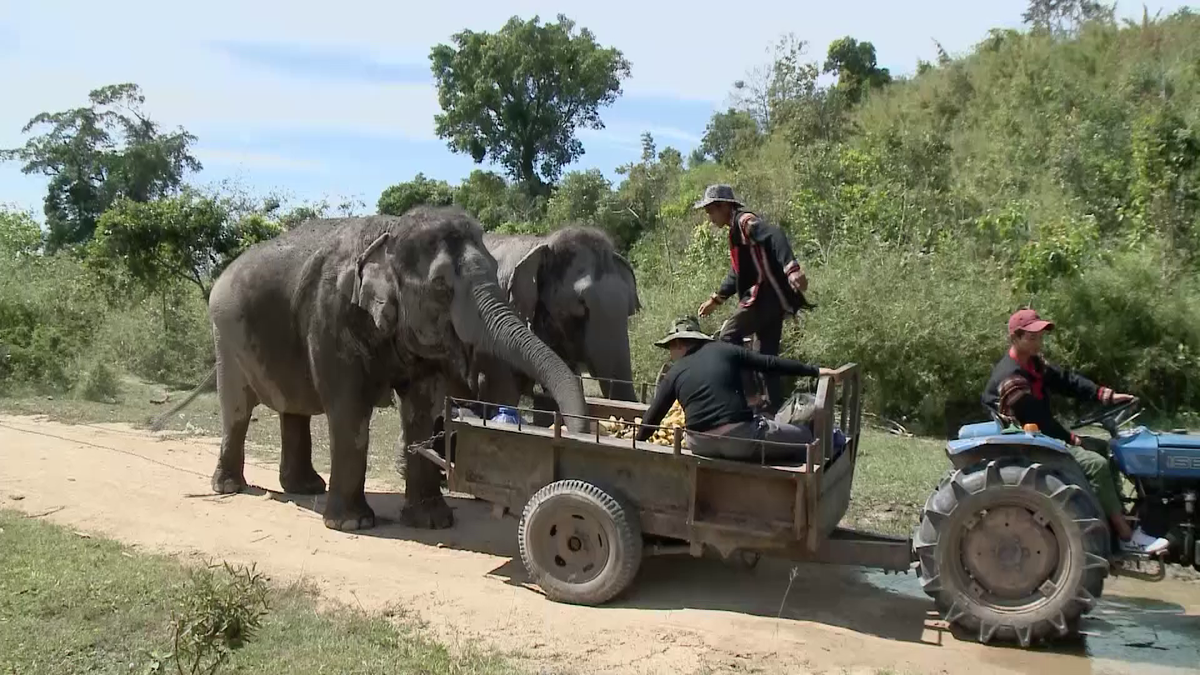





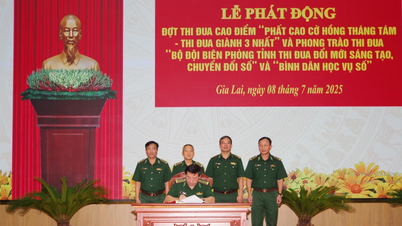
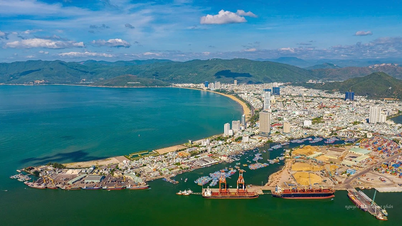
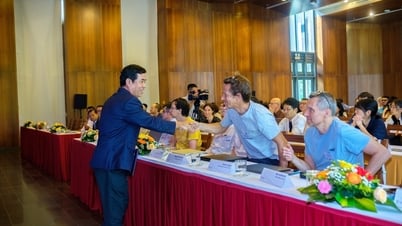

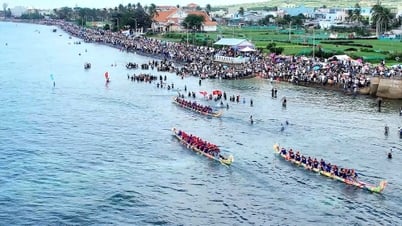

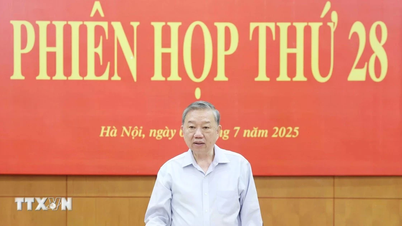


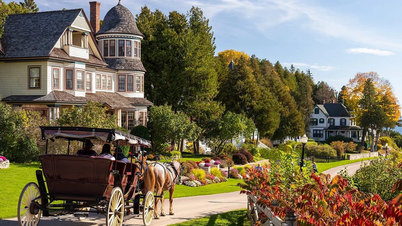




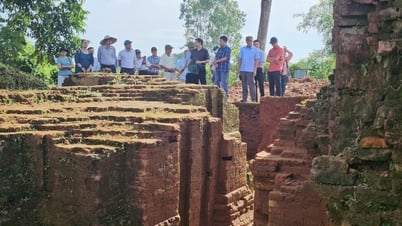



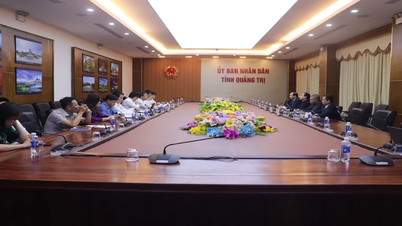





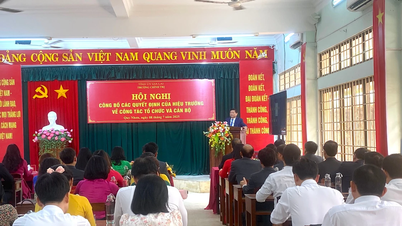

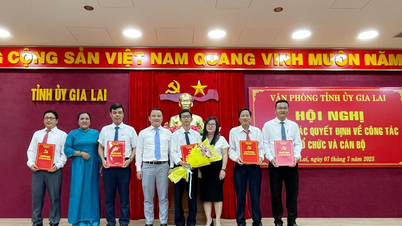

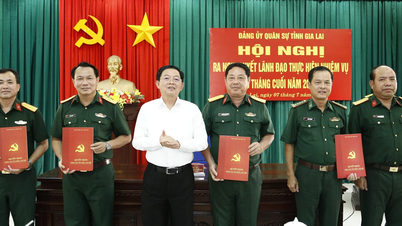






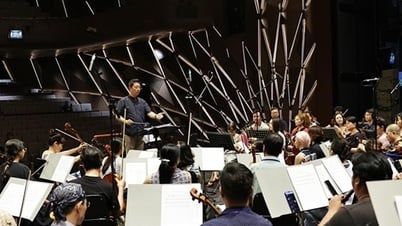

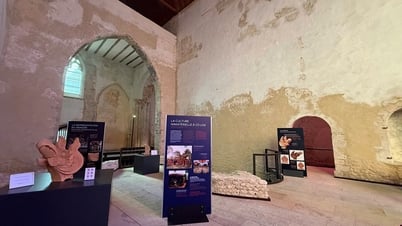
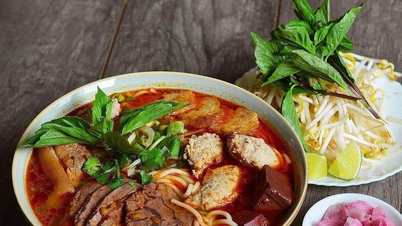










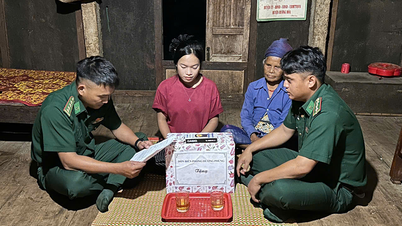

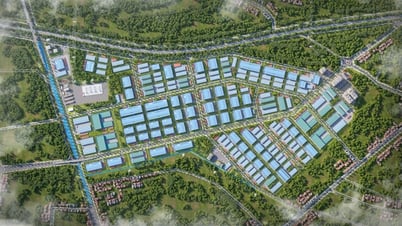







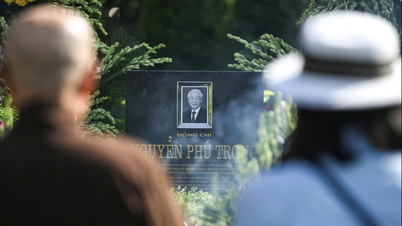






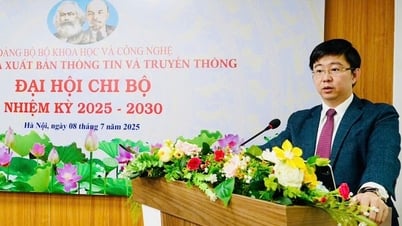

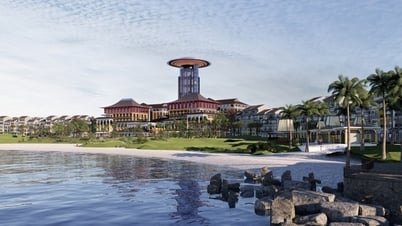

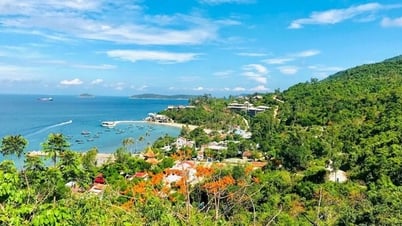
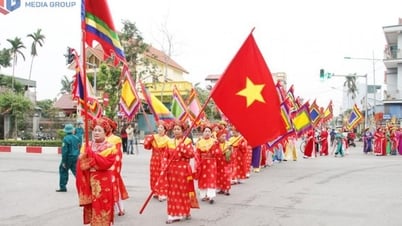
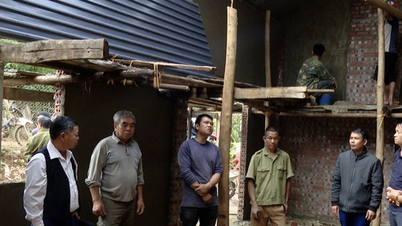
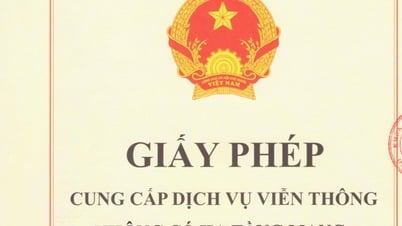
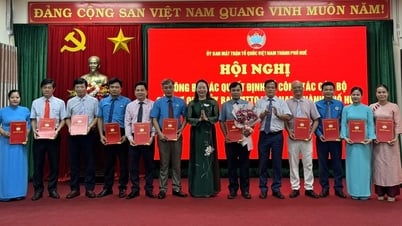


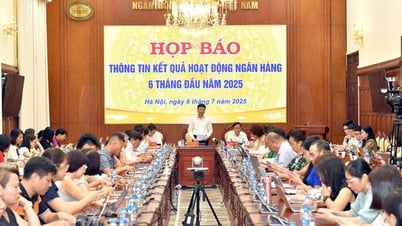



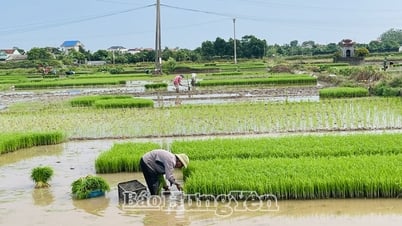








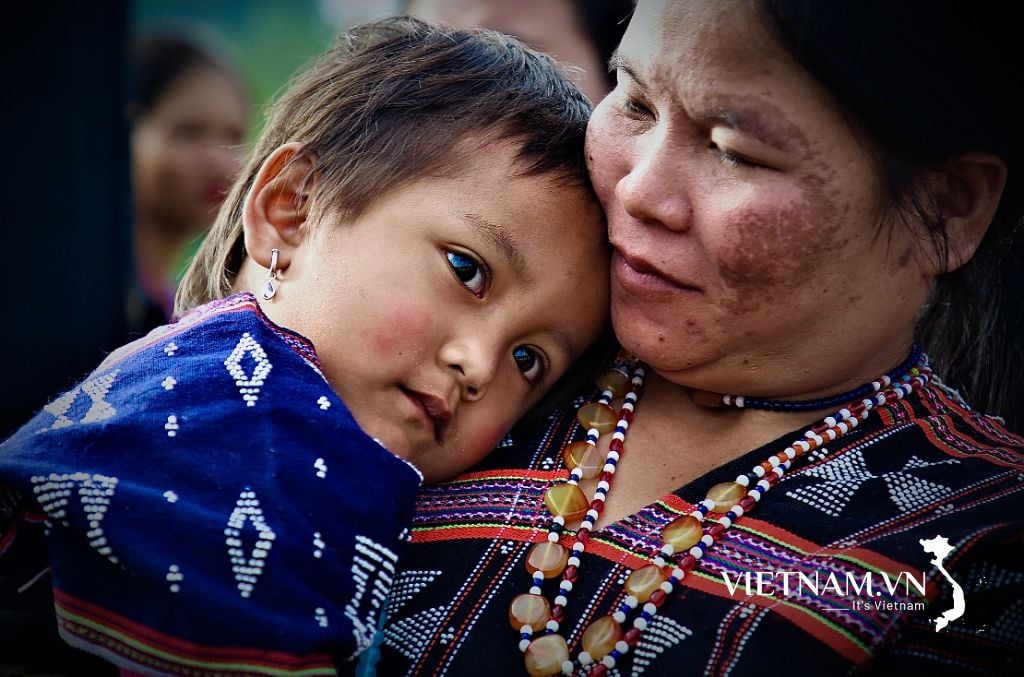
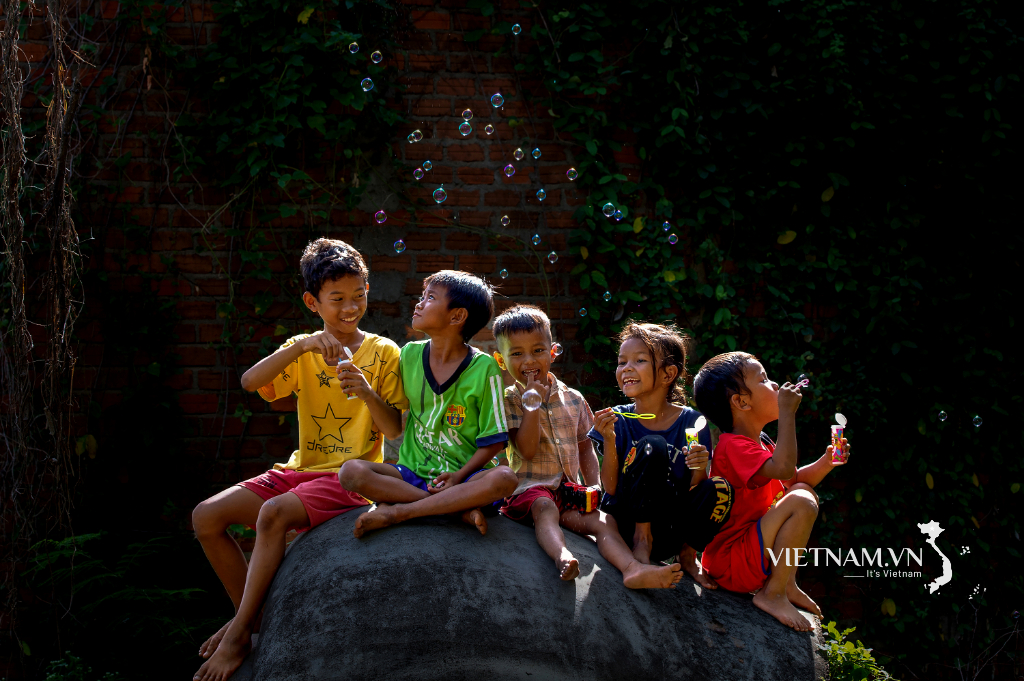
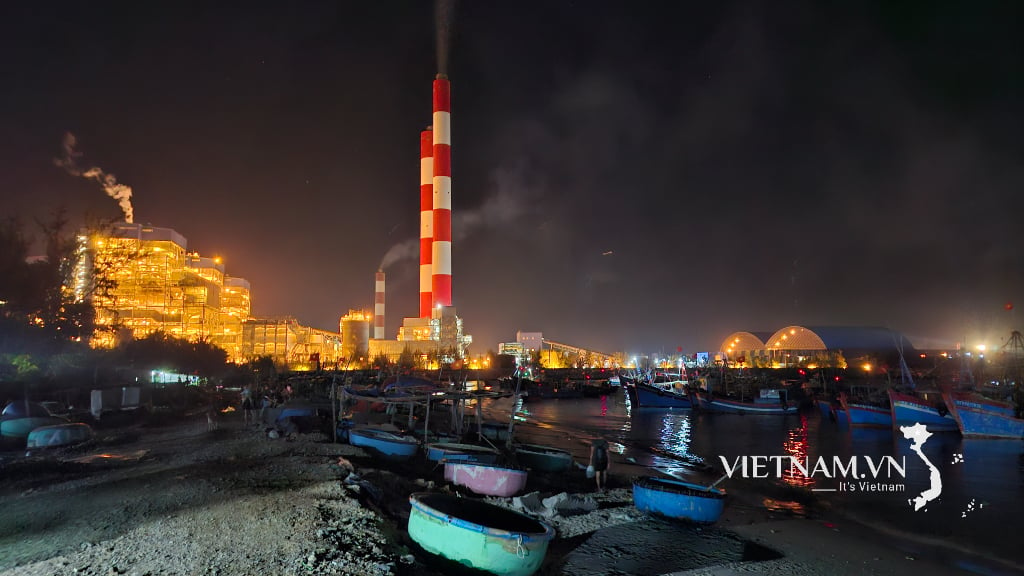
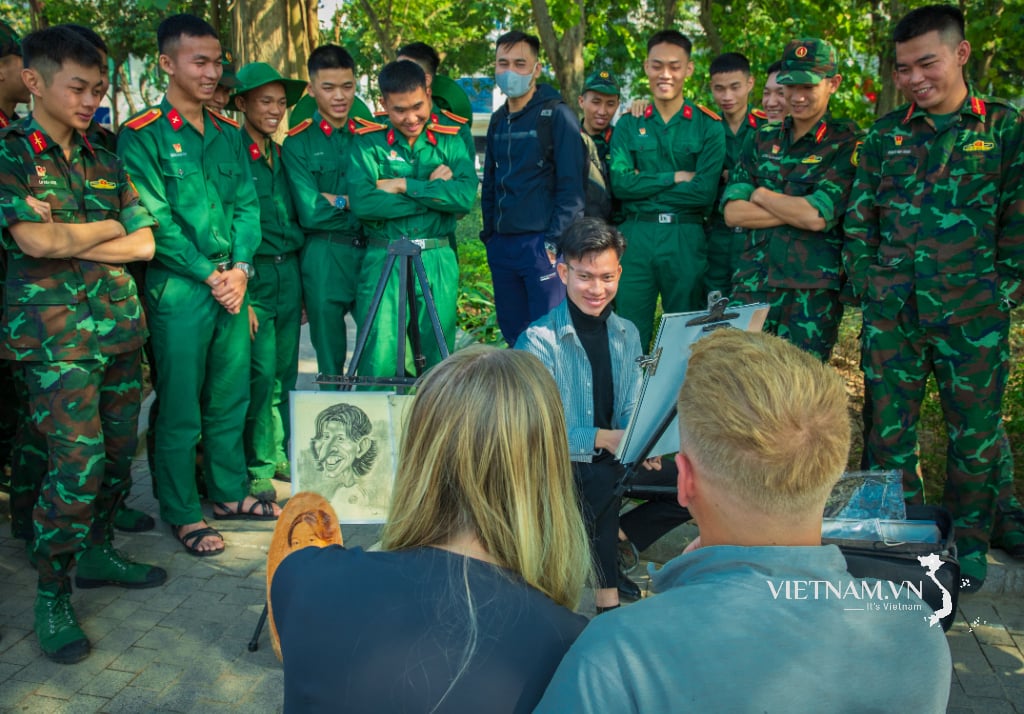
Comment (0)